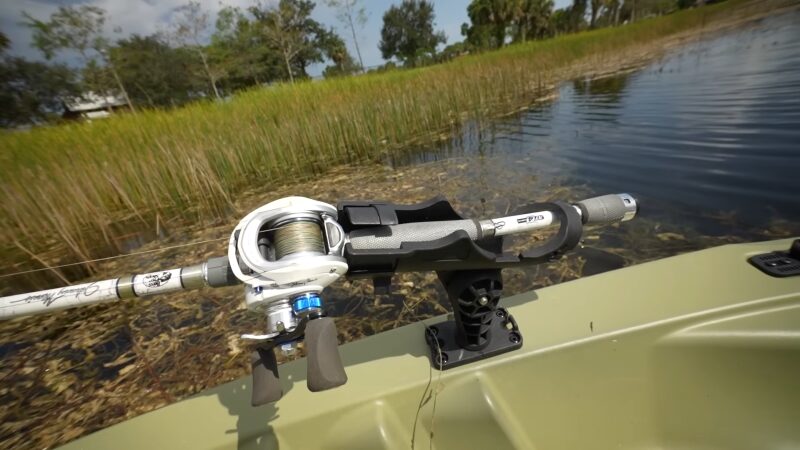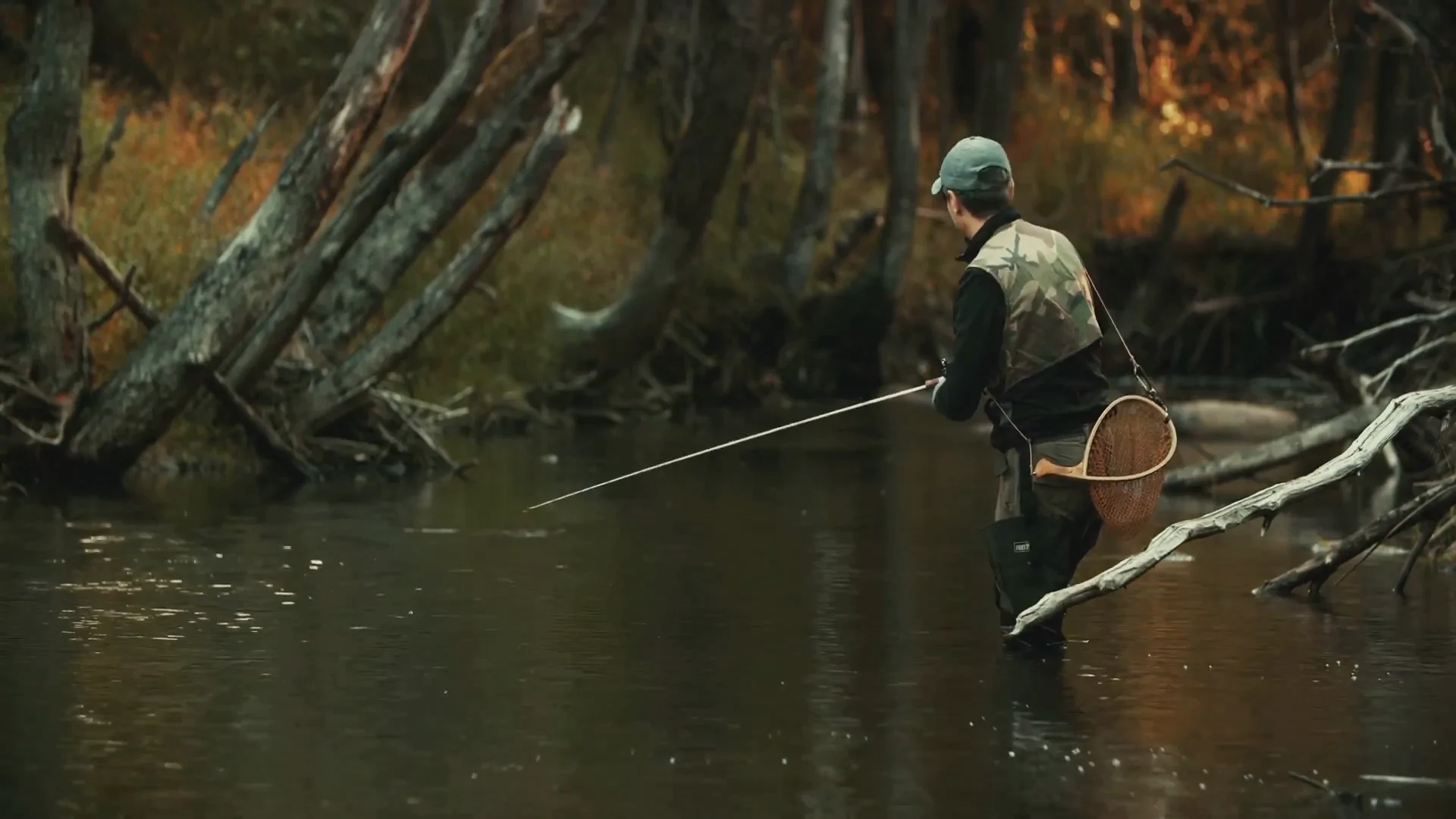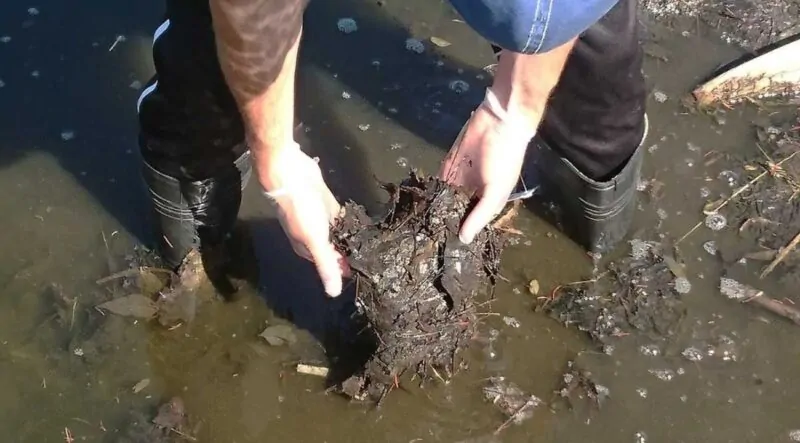
Share Post:
In summer, many anglers turn their focus to the excitement of catching panfish, particularly blu, gills, and sunfish.
These fish promise an engaging experience with their energetic fight and readiness to bite.
Their flat, disc-like bodies and ability to use water currents to their advantage make hooking one a thrilling challenge.
While smaller bluegills and sunfish provide quick entertainment, capturing larger specimens requires more skill and strategy.
Anglers eager to land these substantial fish during the summer months must adapt their techniques and tools to suit the task.
This seasoned approach is essential for securing a prized catch in the warm, inviting waters of summer.
Table of Contents
Toggle1. Explore the Depths
In expansive water bodies, sizable bluegill and sunfish typically spend their time dwelling in deeper areas, except during spawning. These deep regions offer them refuge, away from anglers who often target smaller fish in shallow waters.
For those aiming to catch these sizable fish, the focus should be on the outer edges of weeds and areas where the bottom changes in composition. These spots serve as ideal feeding grounds, maintaining stable conditions throughout the summer months.
Anglers are encouraged to use heavy, slender spoons that sink rapidly to the bottom.
Such lures not only reach potential fish more quickly but also stir up enticing debris, catching the fish’s attention. Big bluegills are quite inquisitive, hastening toward disturbances to evaluate the potential meal.
Enhancing the appeal of these spoons with live bait or scented plastics can significantly increase success in luring these giants.
2. Explore Less-Traveled Waters
Using kayaks, canoes, or float tubes allows fishermen to access these remote locations and target less cautious fish.
Online mapping tools like Google Earth can help identify untouched waterways.
Although reaching these areas might require extra paddling or hiking, the payoff can be substantial.
As anglers present baits in these serene environments, they often encounter responsive bull bluegills eager to bite, offering opportunities for successful fishing away from crowded waters.
3. Monitor Your Bait’s Fall
Using micro jig heads ranging from 1/80 to 1/16 ounces with light lines of 2- to 4-pound test creates a more natural appearance, capturing the interest of bluegills more effectively than heavier options.
When using jigs, the type of dressing greatly impacts the fall rate. A slender plastic tail on a 1/64-ounce jig head will sink faster compared to a flat creature-style bait of the same weight.
Heavier plastic trailers generate additional resistance, acting like a parachute to slow the bait’s descent due to increased water displacement. Jigs featuring natural dressing also vary in both fall rates and motion, which could enhance the number of bites they attract.
Feather-dressed jigs, such as Custom Jigs and Spins Flu Flu jigs, retain their form well and exhibit a larger silhouette in the water. In contrast, marabou jigs offer a finer, breathing-like motion but have a quicker fall rate.
Rabbit hair jigs hold form better than most other natural fabrics and descend more slowly, owing to their dense fibers that trap air. Subtle differences in jig dressing can significantly impact their appeal to prize panfish, making it vital to select the correct combination for successful fishing.
4. Maintain Freshness
Using healthy and lively bait like minnows, leeches, or nightcrawlers increases the chances of attracting larger fish.
For catfish, consider using stink baits or cut bait, which can be especially effective in murky waters.
Summer presents a challenge as water oxygen levels diminish with rising temperatures.
Utilizing insulated coolers and aerators can help sustain oxygen levels conducive to healthy bait. When observed near the water’s surface, minnows might already be in distress. Address this by frequently refreshing the water and incorporating frozen water bottles to maintain lower temperatures.
For night crawlers, storing them in cool, shaded conditions with ice packs is recommended. Effective use of fresh bait vastly enhances fishing outcomes.
5. Create Sound to Attract Large Bluegills
Bluegills and redear sunfish often target crayfish as a food source, drawn by the sounds they make with their claws and movement.
Lipless crankbaits effectively replicate these sounds, helping to attract both stationary and moving fish.
When using these lures, it’s beneficial to equip your reel with ultra-thin braided lines ranging from 4 to 8 pounds in test strength, ensuring you can feel every subtle vibration.
Employ a rip-and-drop retrieve technique, making sure the lure consistently touches the bottom to closely imitate the motion of a crayfish scrambling across rocks.
6. Focus on Untapped Public Fishing Spots
Public fishing piers and platforms are strategically placed in ideal coves and bays.
Fishermen should look for piers augmented with artificial structures or cribs within casting range. These structures continually draw and retain baitfish throughout the year.
Larger bluegills are aware of these feeding hotspots and frequently visit these locations for a reliable food source.
7. Float It to Them
Choosing the appropriate float significantly impacts fishing success. In shallow waters, using classic round fixed bobbers can be effective.
These bobbers allow for creating a popper-like sound that can attract fish to the bait below.
For deeper waters, slip floats are advantageous as they enable quick adjustments to set the bait at the ideal depth.
Specialty bobbers, like the weighted Rocket Bobber, stand out in windy environments, providing superior casting abilities.
Each type serves a distinct purpose, enhancing fishing techniques across diverse conditions.
8. Turn Up the Cranks
Bull bluegills are often very possessive, especially around spawning times. Crankbaits that mimic these fish can annoy larger bluegills, making them strike. These fish eagerly attack what seems like an oversized meal.
A steady retrieve at medium to fast speeds typically yields the best outcomes.
Unlike some gamefish that respond to a paused lure, big bluegills often ignore it when the motion stops. Using crankbaits effectively requires maintaining constant movement to keep their interest engaged.
9. Explore Ponds for Fishing Success
Ponds present an excellent opportunity for catching large bluegills.
They come in various types, such as maintained subdivision ponds, rural ponds used for livestock, and natural seepage ponds. To fish in these areas, it’s essential to first secure access, especially if they are on private land.
Anglers should focus on areas where fish are likely to gather, such as inlets, outlets, and weed patches.
Recognizing where shallow flats transition into the pond’s main basin can also be key.
Ponds are usually small enough to fish efficiently from the shore, making them a convenient choice when time is limited.
10. Take the Kids Along
It’s essential to maintain their interest by combining excitement with the potential to catch large bluegills. Choosing the right spot is crucial; aim for a location that offers both frequent bites and the possibility of landing a sizeable fish.
Simple gear is the way to go. Equip them with bobbers and worms, and let them try casting by themselves. Schedule the trip during peak feeding times in the late afternoon, which increases the chances of success.
Snacks and drinks are vital to keeping the trip enjoyable. The happier and more engaged they are, the better the chance they’ll create lasting memories of catching bluegills.
11. Dig for Your Bait
While purchasing worms from a bait shop is one option, sourcing them directly from nature can be equally rewarding and practical.
Below are three effective methods to collect your worms for fishing adventures.
- Garden Turnover: Use a shovel to dig into a moist section of your garden. This approach is not only simple but usually yields plenty of worms for a couple of days.
- Nightcrawler Harvesting: Nightcrawlers make excellent bait for both bass and panfish. Before dark, thoroughly water a patch of lawn. Later in the evening, use a headlamp to find the nightcrawlers that have risen to the surface. Be quick, as they can disappear back into the ground swiftly.
- Rain Collection: After a rainfall, head to a local park or field. Worms often surface in such conditions, offering an easy collection opportunity.
Related Posts:
- 10 Largest Illinois Lakes for Fishing - Top Spots…
- 10 Tips for Finding Black Crappie in Illinois Lakes…
- Catfish in Illinois - Species, Habitats, and Top…
- How Do You Fish for Sauger? Top 10 Techniques and Tips
- Night Fishing Tips and Tricks - Catching More After Sunset
- When Do Bluegill Spawn? Timing by Season and Location
















